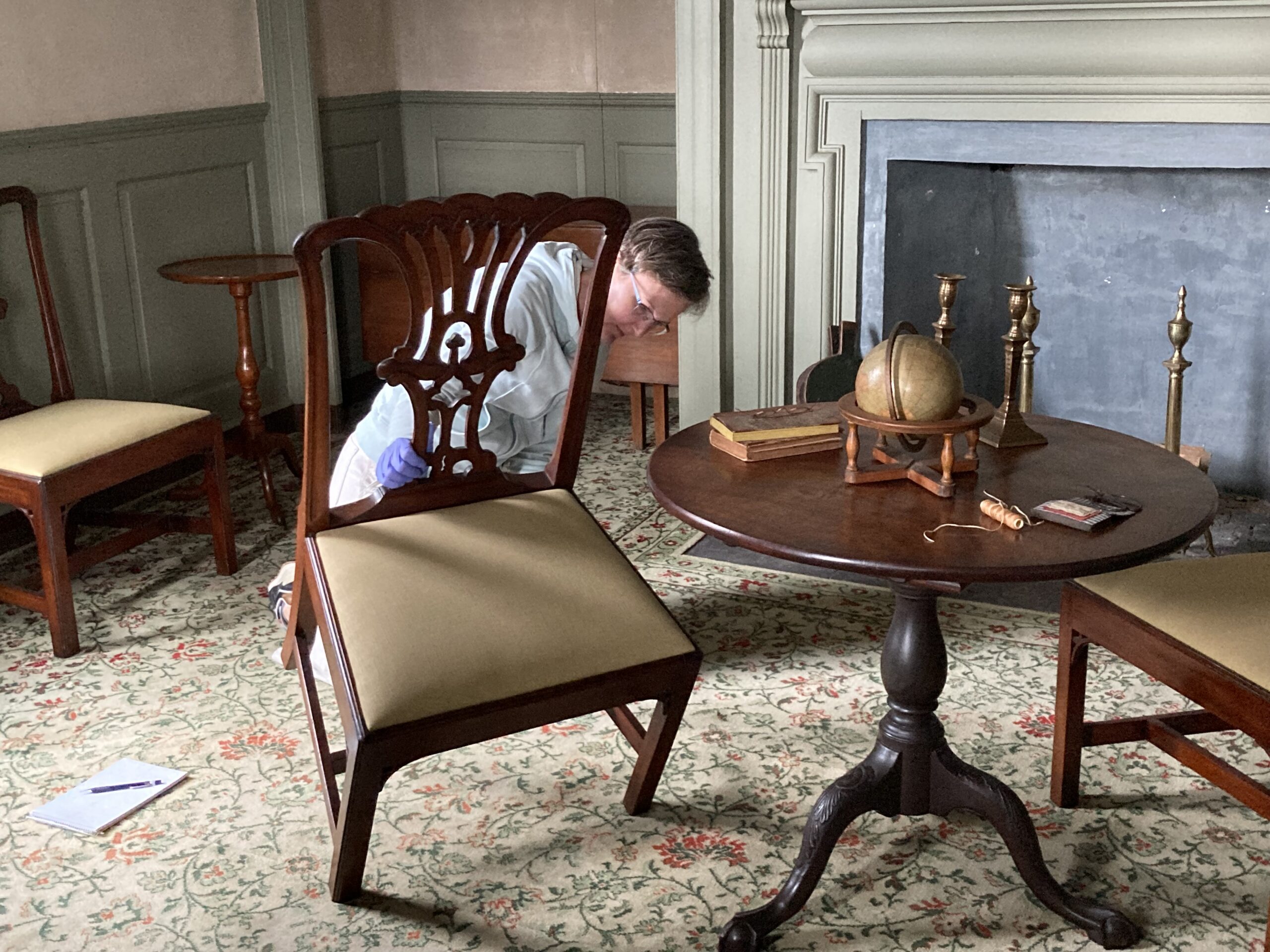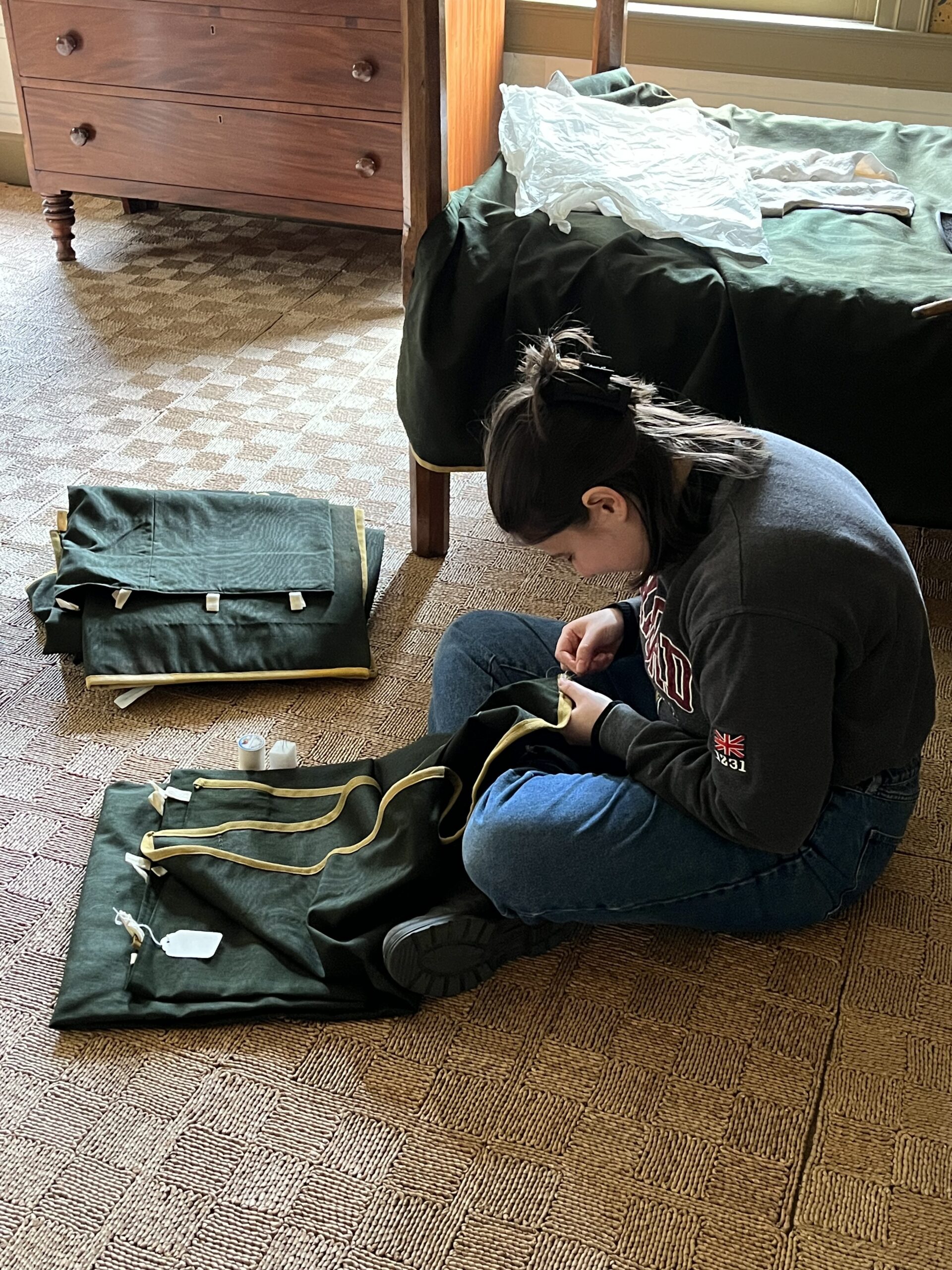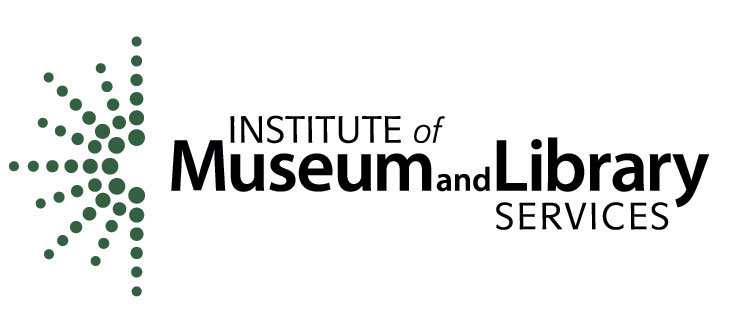Collections Project Assistant, Alyson Katz, shares her experience inventorying Preservation Long Island’s collection of historic art and artifacts—paintings, textiles, furniture, and other objects that reveal four centuries of life on Long Island.

In June 2023, I began at Preservation Long Island as a collections project assistant tasked with conducting an inventory of the collection consisting of over 3,000 objects, funded by an Inspire! Grant for Small Museums from the Institution for Museum and Library Services (IMLS). Up-to-date inventories are essential for proper collections management, providing organizations with greater intellectual control over the objects they steward. Verifying object locations is not only an important security measure, but it also makes the collection more accessible to staff and the public for research, interpretation, and educational programming. By knowing exactly what is in the collection, organizations like Preservation Long Island are able to make more informed decisions about the kinds of thing they should acquire for the collection, or what they should remove due to damage, redundancy, or other factors that deem them no longer suitable. The inventory process also provides the opportunity for collecting organizations to evaluate the physical condition of objects and their environments, and take action as necessary to ensure their long-term preservation.
In addition to inventorying the approximately 3,000 objects in Preservation Long Island’s collection, other important goals of the project were to establish standardized procedures for routine inventory-taking and to better understand the investment of staff time required to continue to do this work. To help set-up and test inventory protocols, Preservation Long Island worked with museum consultant Erin Richardson of Frank and Glory. Erin spearheaded the first phase of this project, working with curator Lauren Brincat, to create an inventory plan, recording documents, and a procedure manual. She then assessed the efficacy of these tools by conducting a sample inventory of the objects on display at Joseph Lloyd Manor, keeping close attention to timing and workflows. This inventory tested various levels of inventory-taking, from basic to more complex, in order to help us budget time and resources for inventorying the remainder of the collection. On average, it took approximately eleven minutes to inventory and capture basic information for each individual object.

Over the course of six and a half months, I followed up Erin’s work and used the new procedure manual to complete a baseline inventory of the rest of the collection stored at four sites spread across Long Island, from Cold Spring Harbor to Sag Harbor. This comprehensive manual provides information about the importance of inventories, the different types an organization might want to conduct, and step-by-step instructions for collections staff, interns, and volunteers. The baseline inventory I conducted involved recording into Preservation Long Island’s collections management system (PastPerfect) the condition and location of each object, confirming that each record had a photo, and ensuring that each object was correctly labeled with its accession or inventory number. The time I ultimately spent on each object varied depending on how complete or accurate the cataloging already was. While doing this work, I also helped maintain the general upkeep of the collection by cleaning and rehousing objects when needed, most notably the textile collection.

Preservation Long Island’s mission has always been the stewardship of historic sites and collections, and over the past seventy years, has acquired a significant collection of objects, ranging from eighteenth-century furniture to jewelry made from World War II aircraft scrap metal and a 150-year-old jar of preserved peaches (some of it can be viewed online here!) According to my updated count, the objects collection actually consists of 4185 items, and that doesn’t include manuscripts, photographs, and other archival material! By knowing exactly what is in the collection, Preservation Long Island will be able to share new information through these objects, and also seek new ones that help fill in the gaps and tell more diverse stories about people and places from Long Island’s past.
As a regional organization, Preservation Long Island often seeks to lead by example and hopes that the lessons we learn through our work can be of use to the many small, often volunteer-run historical societies and house museums scattered across Long Island. It is in this spirit that we are sharing this project. The collections inventory manual referenced above may be downloaded below so that others may use it for their own inventory projects in the future. If you have any questions, you may reach out to [email protected]
DOWNLOADS
PLI Inventory Manual PLI Inventory Plan Form
By Alyson Katz
Collections Project Assistant
Published January 25, 2024




